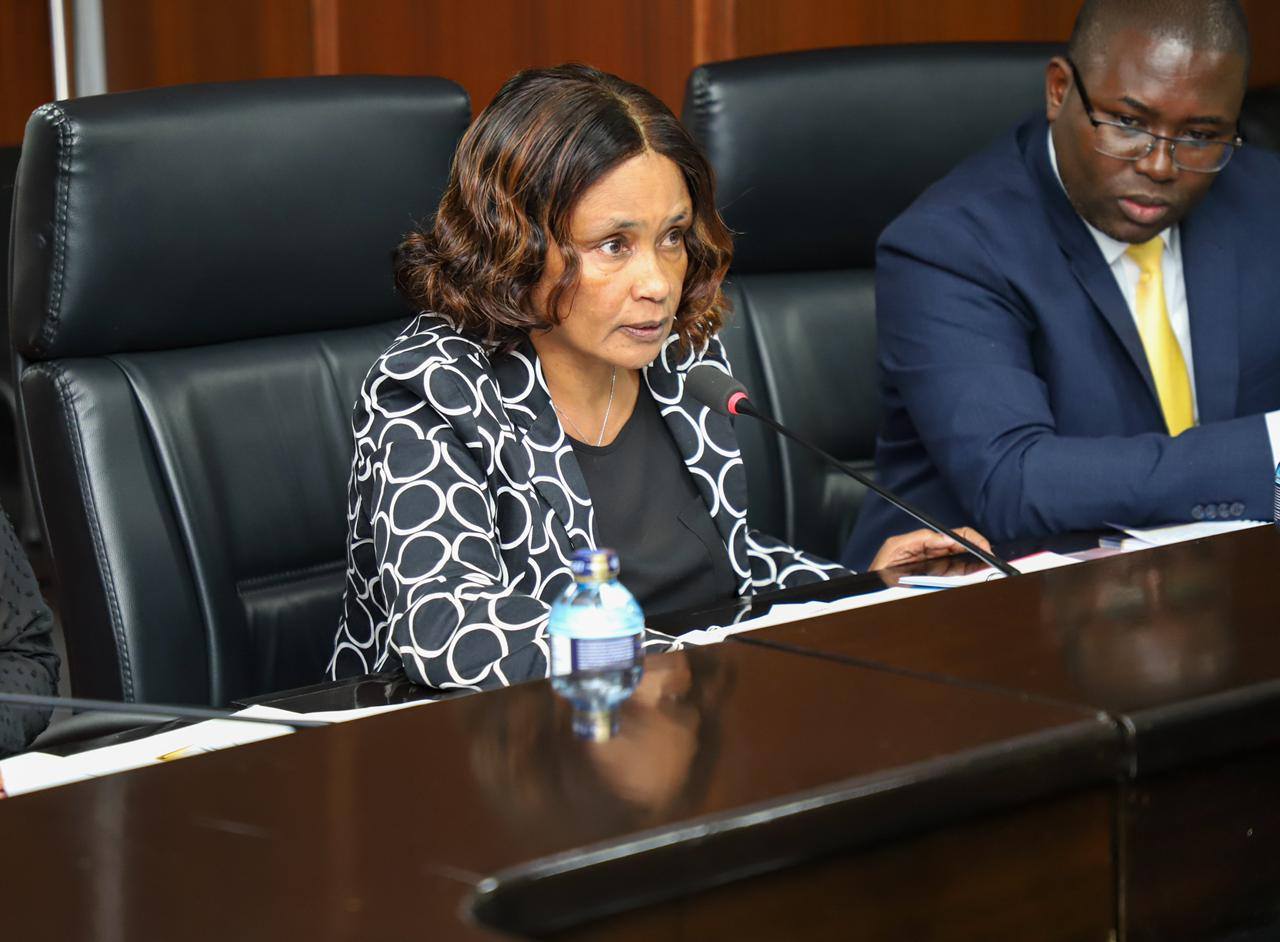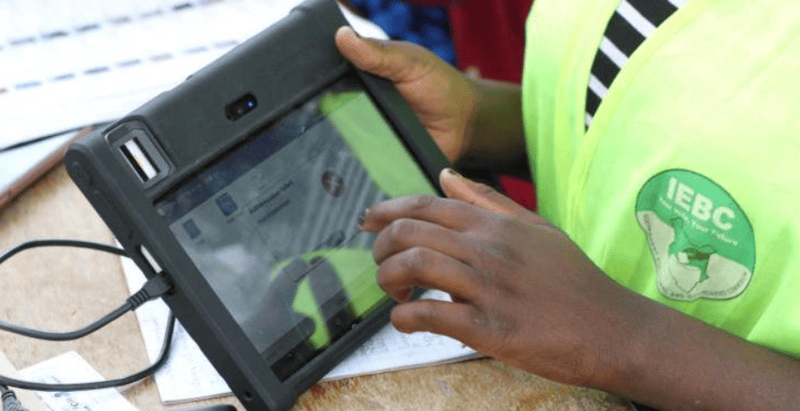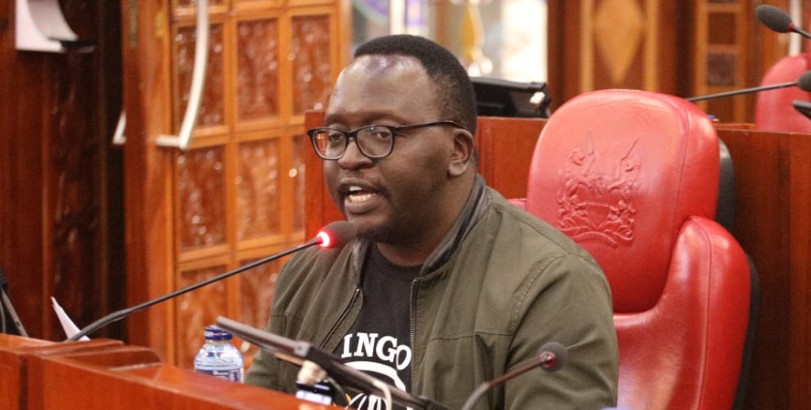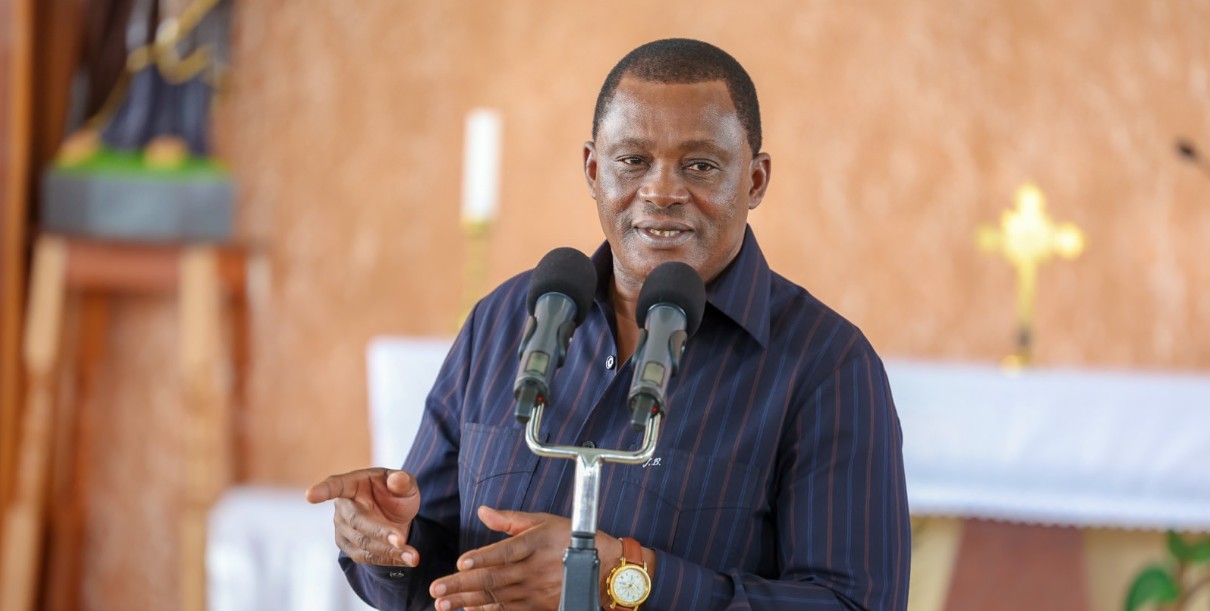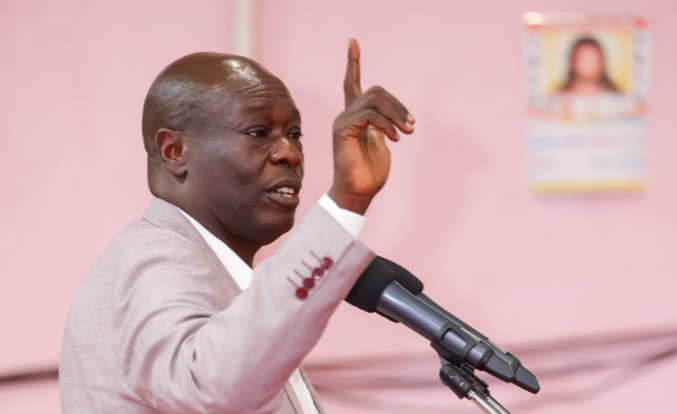Kenya's debt burden: Repayments outstrip education, health spending, UNCTAD report reveals
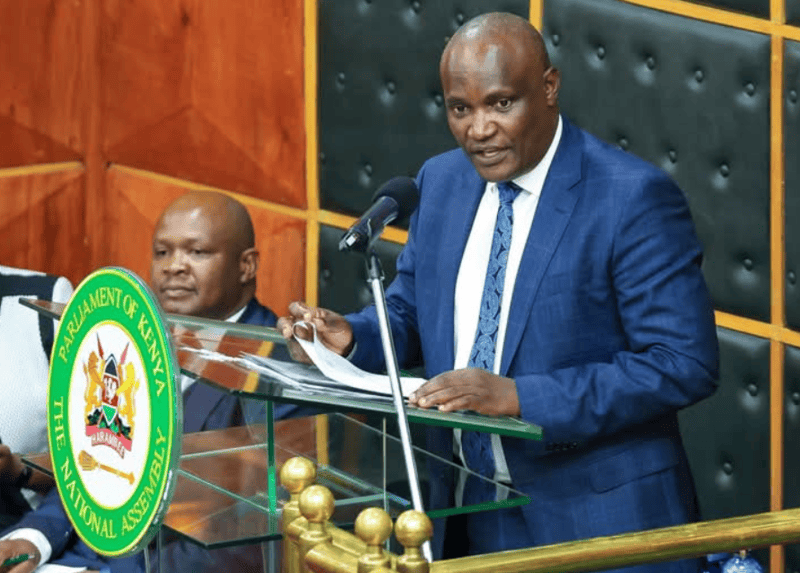
Kenya was listed among countries that spend at least 6.5 per cent of export revenues to repay external public debt.
The UN Conference on Trade and Development (UNCTAD) has sounded the alarm over the rising burden of public debt on developing countries, revealing that nations like Kenya are spending more on debt servicing than on essential services such as education and healthcare.
In a report presented at the Fourth International Conference on Financing for Development in Sevilla, Spain, UNCTAD said that 3.4 billion people now live in countries where public debt repayments have overtaken spending on social services.
More To Read
- Kenya losing Sh194 billion annually to corruption - AfDB
- Kenya faces fresh debt crisis as Treasury projects Sh253 billion revenue shortfall
- Treasury given 60-day ultimatum to deliver debt management framework
- Court refers Okiya Omtatah's Sh4.6 trillion debt petition to CJ Martha Koome
- Treasury to spend Sh1.09 trillion on public debt in FY 2025–26
- Why Kenya’s debt outlook is improving: Stronger shilling, weaker dollar, policy shifts drive decline
The agency urged governments and global partners to treat public debt vulnerability as an urgent global issue.
According to the UN trade body, “Public debt can be a powerful tool for development. Governments use it to invest in their people and economies and pave the way to a better future. But when debt grows too large or becomes too costly, it turns into a burden. That is the current reality for much of the developing world.’’
Kenya was listed among countries that spend at least 6.5 per cent of export revenues to repay external public debt.
In the last financial year ending June 30, 2025, the country used Sh1.85 trillion for debt servicing, comprising Sh843.4 billion in principal repayment and Sh1.1 trillion in interest.
For the current year, the government has allocated Sh1.1 trillion for interest payments alone. This amount is far higher than the Sh702.7 billion allocated to the education sector and the Sh139 billion set aside for healthcare, highlighting the growing squeeze on public services.
To ease the pressure, UNCTAD is calling for reforms that include fairer lending terms, efficient restructuring of unsustainable debt, and changes to the G20 Common Framework for Debt Treatment.
It also supports the Sevilla Commitment to expand multilateral development bank lending capacity from $50 billion to $150 billion, to help developing countries unlock investment and avoid deepening crises.
The report shows that Asia and Oceania hold 24 per cent of public debt in developing regions, Latin America and the Caribbean 5 per cent, and Africa just 2 per cent. Yet, African countries are among the most affected by debt burdens, due to limited access to affordable credit.
Since 2020, developing countries have borrowed at interest rates two to four times higher than those in the United States. In 2023, they paid $487 billion to foreign lenders, with over half of these countries dedicating at least 6.5 per cent of their export earnings to debt repayment.
UNCTAD warned that these countries are paying more than they receive in new funding. In 2023, there was a net outflow of $25 billion from developing nations to creditors, a trend that has persisted for several years and continues to worsen amid high global interest rates and weak economic growth.
In 2024, developing countries spent $921 billion on interest alone, marking a 10 per cent rise from the previous year. A record 61 developing countries now spend over 10 per cent of their government revenue on interest payments—leaving fewer resources for public investments.
The report links the crisis to the high cost of borrowing, which increases pressure on national budgets and limits the capacity of governments to support areas like education, health, and climate change mitigation.
Top Stories Today
